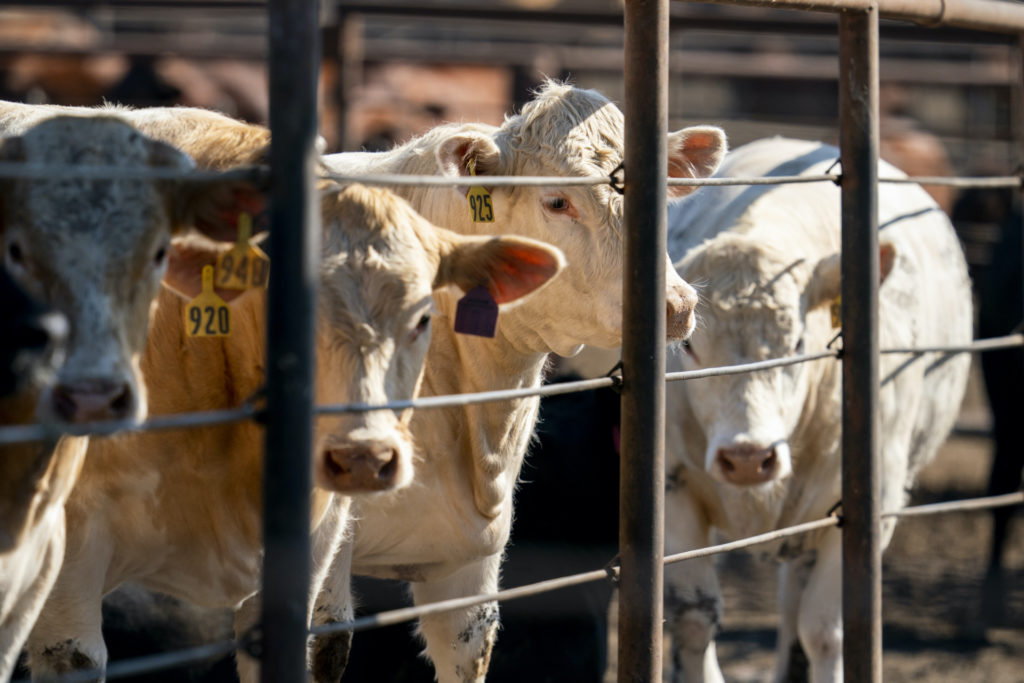Inflationary challenges affecting retail beef prices
Beef prices below 2021 levels, but remain historically higher
Though retail beef prices are lower than a year ago, prices remain historically higher as inflationary challenges affect the overall U.S. economy and projected fewer cows heading into 2023, according to a Texas A&M AgriLife Extension Service livestock economist.

“Retail beef prices are lower than a year ago even though the total Consumer Price Index number is 7.1% higher than last year,” said David Anderson, Ph.D., AgriLife Extension livestock economist, Bryan-College Station. “(Retail beef prices) have been lower for several months now. And they are lower than last month. However, the level of prices remains high in comparison to the past several decades.”
Anderson said there are signs that consumers are looking at alternative beef cuts as a cost-savings measure at the retail meat case.
“I think there’s evidence that consumers are switching to less expensive items,” he said. “For example, maybe buying fewer ribeye cuts and more less-expensive steaks or more ground beef. Overall, beef demand remains good, and people continue to buy. That’s one reason retail prices have remained high since folks are buying. The impact of higher costs throughout the economy and higher interest rates will impact people’s budgets and people will buy less of all kinds of goods. That will bring down prices and inflation.”
Prime rib will continue to be featured on many dining tables this holiday season despite costing more, Anderson said.
“Prime rib, standing rib roasts make a great celebration/holiday dinner,” he said. “In fact, we are doing that at my house. They aren’t cheap, though, but we are going to enjoy it and celebrate together.”
Record beef production
As 2022 comes to an end, beef production across the U.S. has been at a record pace due to drought conditions over much of the country.
“We are on pace to produce a record amount of beef this year, over 28 billion pounds,” he said. “Production is up because of the drought, and higher production costs are forcing ranchers to cull their herds. So, the increased number of culled cows and heifers are boosting beef production, for now. While production is high now, in the future we’ll have a lot less beef production as the impact of fewer cows and calves is felt.”
Meanwhile, wholesale beef prices are well below a year ago. The lower wholesale prices are very slowly translating into lower retail prices, Anderson said.
“Those lower prices should start to show up at grocery stores,” he said. “Beef has actually become relatively less expensive than pork and chicken in recent months as beef prices have declined.”
Wholesale chicken prices have declined dramatically in recent weeks and months due to rising production, Anderson said.
“Pork and chicken retail prices both declined from the previous month in the CPI data, but they remain well above last year,” he said.
Fewer cows projected for 2023
Anderson said the overall U.S. cow herd will see a 3% reduction compared to a year ago.
“We are headed to fewer cows in the U.S.,” he said. “Beef cow culling is up 28% in our region over a year ago. So, we are headed to tighter beef production and given biology we’ll have tighter beef production into at least 2025. Drought recovery and prices/costs that get ranchers back to some profits will be required to rebuild herds.”


